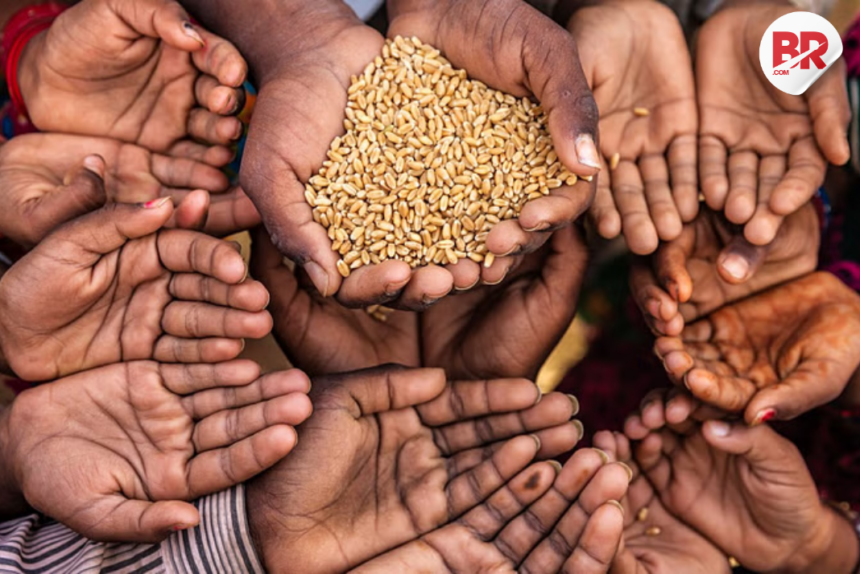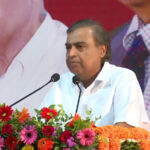
The percentage of people living on less than $3.00 a day dropped from 27.1% in 2011-12 to just 5.3% in 2022-23. That’s a massive leap forward and signals a real change in India’s economic story.
This drop means that millions have been lifted out of extreme poverty, and it reflects the country’s steady progress on the economic front.

What does this mean for the average person? Simply put, nearly 269 million Indians have stepped out of extreme poverty in 11 years.
That’s almost like lifting the entire population of Indonesia out of poverty — a staggering achievement. This drop reflects improved access to essential services like clean water, electricity, education, and healthcare.
It also shows that government programs such as direct cash transfers, rural employment schemes, and health insurance coverage are making a difference. Plus, India’s growing job market and economic reforms have opened up new opportunities for many.
Breaking it down further, the rural and urban areas both saw impressive declines. Rural extreme poverty fell from 18.4% to 2.8%, while urban extreme poverty dropped from 10.7% to 1.1%.
This shows that the benefits of growth aren’t just confined to big cities but are reaching the far corners of the country. It also suggests that infrastructure improvements and digital connectivity are helping rural populations access jobs and markets better than before.
Also Read India Posts 7.4% GDP Growth in Jan-Mar Quarter, FY25 Growth Reaches 6.5%!
If we tighten the poverty line to $2.15 a day — the older international standard — only 2.3% of Indians were living in extreme poverty in 2022-23. That’s down from 16.2% in 2011-12, meaning 171 million people crossed above that lower bar. This more stringent measure highlights just how far the country has come in reducing the most severe forms of poverty.
So, why should you care? Because this shift means better lives for hundreds of millions of people. More food on the table, better access to healthcare, education for children, and new opportunities to earn a living.
When fewer people struggle to meet basic needs, the entire country benefits. Crime rates often drop, school attendance improves, and communities grow stronger. It’s the kind of progress that changes futures, not just for individuals but for whole generations.
Of course, India still has work to do. The country isn’t poverty-free yet, and many still face hardship. Inequality remains a challenge, and some areas, especially tribal and remote regions, still struggle with access to services and jobs.
But the trend is clear: the extreme poverty rate is dropping fast, and that’s a story worth telling. Continued focus on inclusive growth and targeted welfare programs will be key to keeping this momentum going.
The World Bank’s data offers a hopeful snapshot of India’s fight against poverty. It proves that economic growth combined with smart policy can make a real difference in people’s lives.
Also Read RBI Repo Rate Could Fall to 5% by FY26: Ghosh and Chaudhuri’s Outlook Explained












